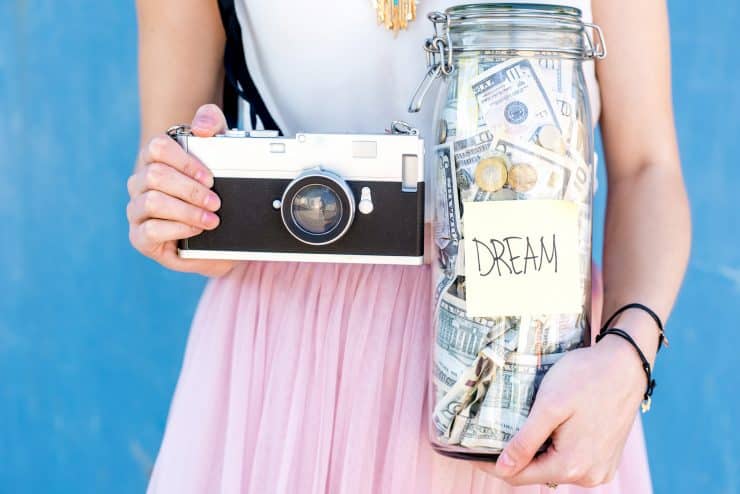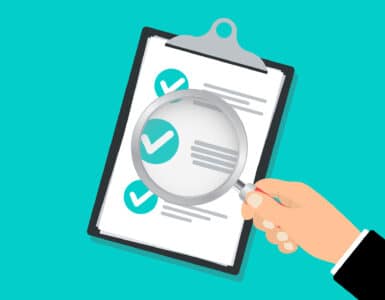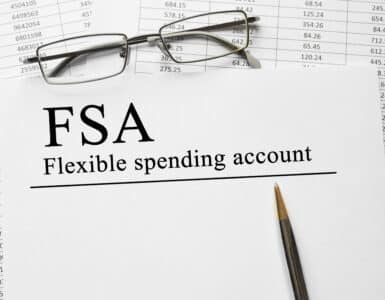If you’ve ever been on a workout or diet plan, then you know many incorporate a “cheat day.” Once a week, you ditch your clean eating and indulge in a slice of pizza, a cheeseburger or an ice cream cone (if not a full container). It’s a way to reward yourself for sticking to your plan six days out of the week and to ensure you aren’t depriving yourself, which is why many people fall off the wagon. A fun fund is like a cheat day for your finances – a sum of money that allows you to, in a somewhat organized way, go off the rails.
How it works.
Fun money often gets lumped into your entertainment, restaurant or even your miscellaneous fund. But a fun fund is none of these. Rather, it’s a separate amount to spend however you want, whenever you want – i.e. on impulse. The point of having the fund is to keep you from whiffing on reaching your other financial goals.
How big should it be?
“It’s a balancing act, obviously if you’re off track for retirement or you don’t have a safety net, your fun fund should not be big at all,” says Nick Holeman, Certified Financial Planner at Betterment. Start small – by putting aside $20 a week. If that doesn’t seem to be getting in the way of your other financial goals, including the emergency cushion you’re trying to build, the credit card debt you’re paying down on schedule, and the 401(k) contributions you’re making, you can slowly bump it up.
Why you need it.
Even if you’re on a strict budget or debt repayment plan, if you don’t build a little fun into your budget you’re likely to blow it. “If you don’t take the time to spend on yourself or someone else, you are going to get burnt out,” says Holeman. “It’s a way to recharge your batteries so to speak.” That’s important because saving for long term goals like retirement – when the reward is 20, 30 even 40 years away – is difficult. We do it because we know we have to, but it’s also easy to wonder what you’re getting in real time for all of the hard work you’re doing. Having the ability – permission even – to indulge yourself in the short term can help you stave off the feeling of deprivation and therefore help you stick to your goals.
How to build it.
The best way to build your fun fund is the way you build any other fund – automatically. New York-based Certified Financial Planner Randy Breidbart suggests: “Treat it as another 401k plan with a shorter horizon and with fun as your goal.” As I noted earlier,
the amount you budget could be $10 or $100. It all depends on your income, debt and long-term goals.
You can also kick in your fund with windfall money, perhaps a portion of that forthcoming tax refund, or the check Grandma still sends every year on your birthday. (Thanks, Grandma!)
Where you keep the fund may depend on how you plan to use it. “For a short term fun fund, you can put it into an everyday [savings] account,” says Breidbart. “For longer term goals [more than three to five years away] or more expensive fun stuff, you could put your fund into a low to moderate risk diversified mutual fund.”
And if you spend your fun money and find yourself back at square one? That’s okay, that’s what it is meant for. Start replacing it the same way you built it — bonuses, tax refunds, unexpected windfall and automatically setting money aside from your paycheck.
With Hattie Burgher






